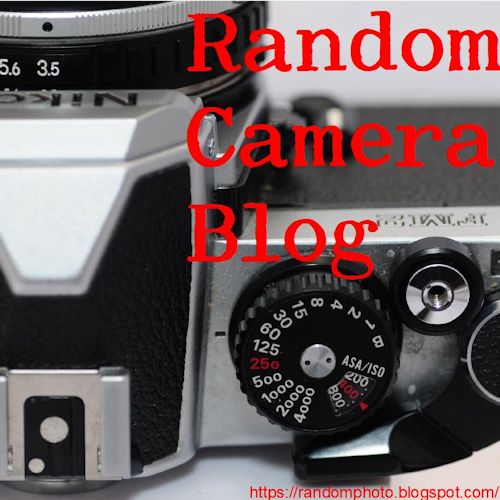Despite this being a photography blog, this post is NOT about any member of the Weston family of photographers. No Edward, Cole, or Brett. It does however, deal with three towns named Weston in three states. I suppose that I could go and look for towns named Adams, Evans, Mann, Miller, Stieglitz, or Steichen. But, hey, I like Weston, okay? According to the USGS Geographic Names Server, there are 31 populated places in the US with the name Weston! I guess that means I have 28 more states to visit.
Weston, MICHIGAN. Located just across from Ohio in Lenawee County, Weston Michigan has a population of less than 200. Fairfield Township was founded in 1844, and Weston is an unincorporated community with the township that was originally called Oakford. I could not out why is was named Weston. The area is largely agricultural, and back in 2014, took this photo of the Weston Post Office. It's not much of a town, and there are a lot of small towns like this in Michigan and Ohio.
 |
| Konica FS-1 |
 |
| Konica FS-1 |
If your town has a bar and a post office, that's at least something!
Weston, OHIO. Located within Wood County, Weston has a population around 1,500. It was founded in 1853, and was originally called Taylortown. Another early variant name was New Westfield. The present name is from Weston Township. A post office called New Westfield was established in 1856, and the name was changed to Weston in 1863. The village was incorporated in 1873. It sits in an agricultural area about 10 miles W of Bowling Green. It has a large Public Library which serves several other communities with that part of Wood Co. That part of Ohio is absolutely the flattest place I have been.
 |
| Lomo LCA 120, cropped. Kodak Tri-X |
I decided to visit Weston while in Bowling Green for a meetup with fellow Film Photography Project menbers on the podcast. Like I said, I like the name, and headed over there in the morning of Nov. 14. The main street isn't very long, and most of the businesses and municipal resources are located there. Surprisingly, the Post Office did not have the name of the town on the front, but it did have the Zip Code.
 |
| Leica M2, Fomapan 400 for all of these |
Weston, WEST VIRGINIA. The seat of Lewis County, Weston was incorporated in 1846. In 1818, it was founded as Preston, which was then changed to Fleshersville (ugh!) and changed to Weston in 1819. The current population is about 4,000. It's probably most famous for being the site of the Trans-Allegheny Lunatic Asylum, which closed in 1994. It is the largest hand-cut stone building in North America. Weston is also home to the Museum of American Glass in West Virginia.
 |
| Nikon F75, Fuji color 200 |
I stopped in Weston in 2024 while driving back home from Pittsburgh. It lies right off US 19, and in my brief stop there, I photographed a few buildings, including the lovely 1930s-built Post Office. The heyday of Weston was from about 1930 to 1970. Like many small towns, it has lost population, and is less than half of what it was at its peak. This is not a one-light town. It has beautiful masonry buildings in the main part of the town, and the county courthouse is a brick Italianate design of very modest size.
 |
| Nikon F75, Fuji color 200 |
 |
| Nikon F75, Fuji color 200 |
 |
| Nikon F75, Fuji color 200 |
There is obviously a lot more to Weston, WV than what I show here. I think the Lunatic Asylum has tours, which ought to be interesting.
I suppose that if I were about 50, I'd visit every place named Weston and come up with a book. Alas, like so many things, one cannot do everything.
What Weston have you been to? I'd love to know.
















































